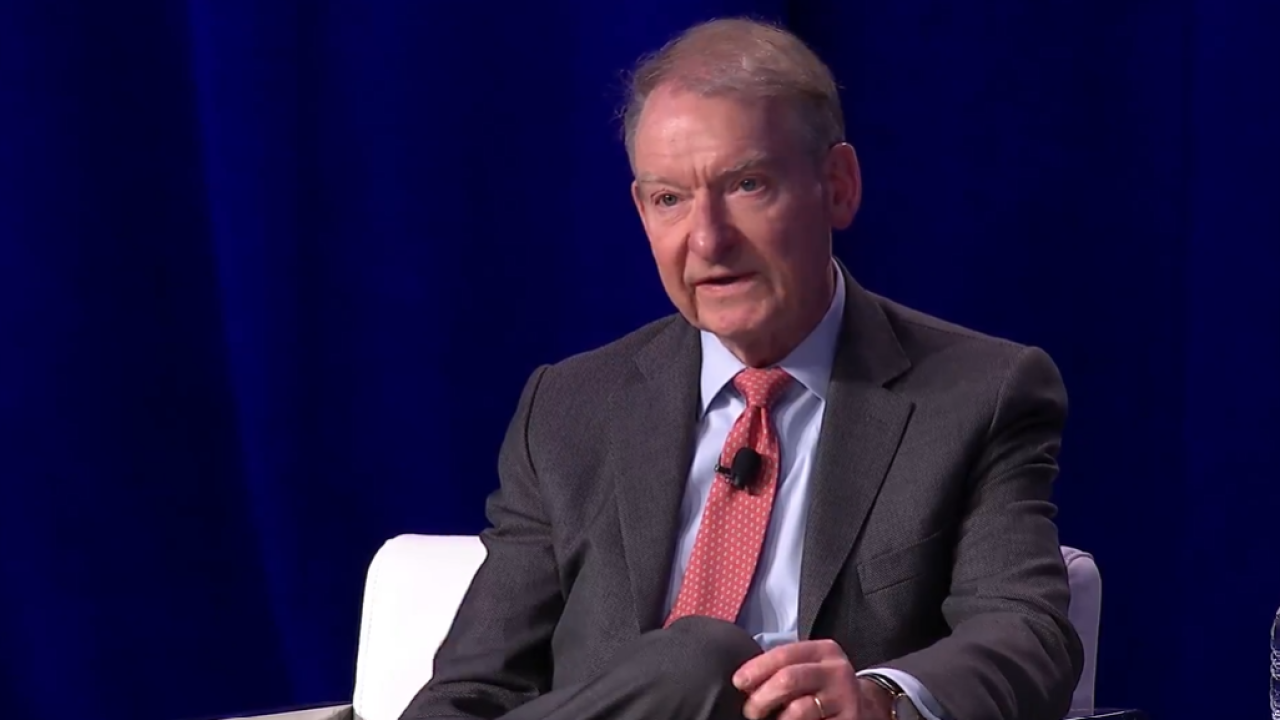Accounting firms can learn some surprising things when they take the time to survey their client base, beyond just a broad indicator of how pleased they are with the service they receive.
Tom Cates, president of the Brookeside Group, has done client surveys for Deloitte in the past. He used to survey Arthur Andersen’s clients as well before Andersen’s demise a decade ago. His organization also conducts surveys for professional services firms such as consultancies and wealth managers, along with major corporations such as General Electric.
“What you’re finding with most of them is that they’ve been through the generic satisfaction research over the years and find it doesn’t really predict the business behavior they’re looking for anymore,” he said in an interview last Thursday. “When I started in this business 20 years ago, satisfaction was probably the best tool everybody had out there, and it was a pretty good predictor of whether somebody would buy from you again or give you more than your fair share. But the reality of it was not that they were so satisfied with your product, it was that they were so dissatisfied with everything else.”
Cates recalls various business management trends over the years such as quality circles, Six Sigma and ISO 9000, but he believes that most surveys that measure customer satisfaction only look at whether the business delivered the product or service it promised. “What’s happened over the last decade or so is that people have found increasingly that those tools don’t work so well,” he said. “Dissatisfaction is a great predictor of disloyalty. If you don’t deliver what you promise, I will leave, but simply because you’ve delivered what you’ve promised doesn’t mean I’m going to stay or give you more business.”
His firm instead conducts customer surveys based on the notion of professional services firms becoming trusted advisors. “Much of what we do now for our clients is help to measure that aspect,” said Cates. “And that’s tricky.”
He points out that accounting firms can’t compete as commodity businesses, and instead firms need to measure how they’re perceived as trusted advisors. When clients perceive professional services firms that way, the amount of business they give the firm goes up about two and a half times, according to Cates, and the share of business they give the firm can go up to 50 percent.
Brookeside, based in Acton, Mass., will encourage firms to do a self-assessment in which they rate the relationship with the client and then ask the client to rate the relationship with the firm. Brookeside will send the self-assessment to the account manager at the firm and show him the blind spots where the clients do not think they are getting what they need. “A lot of the value we bring is we make the people aware of how they’re actually perceived,” said Cates.
Brookeside surveys six aspects of how a professional services firm is perceived by its clients: integrity (including ethics, reliability and dependability), competency, recognition of the client’s importance, proactivity, savvy and chemistry.
“Ninety-nine percent of the professional services firms really do pride themselves on being client focused,” said Cates. “To be a good consultant, accountant, or wealth manager, you have to have a certain chemistry or DNA that says, ‘I’m here to support someone else.’”





